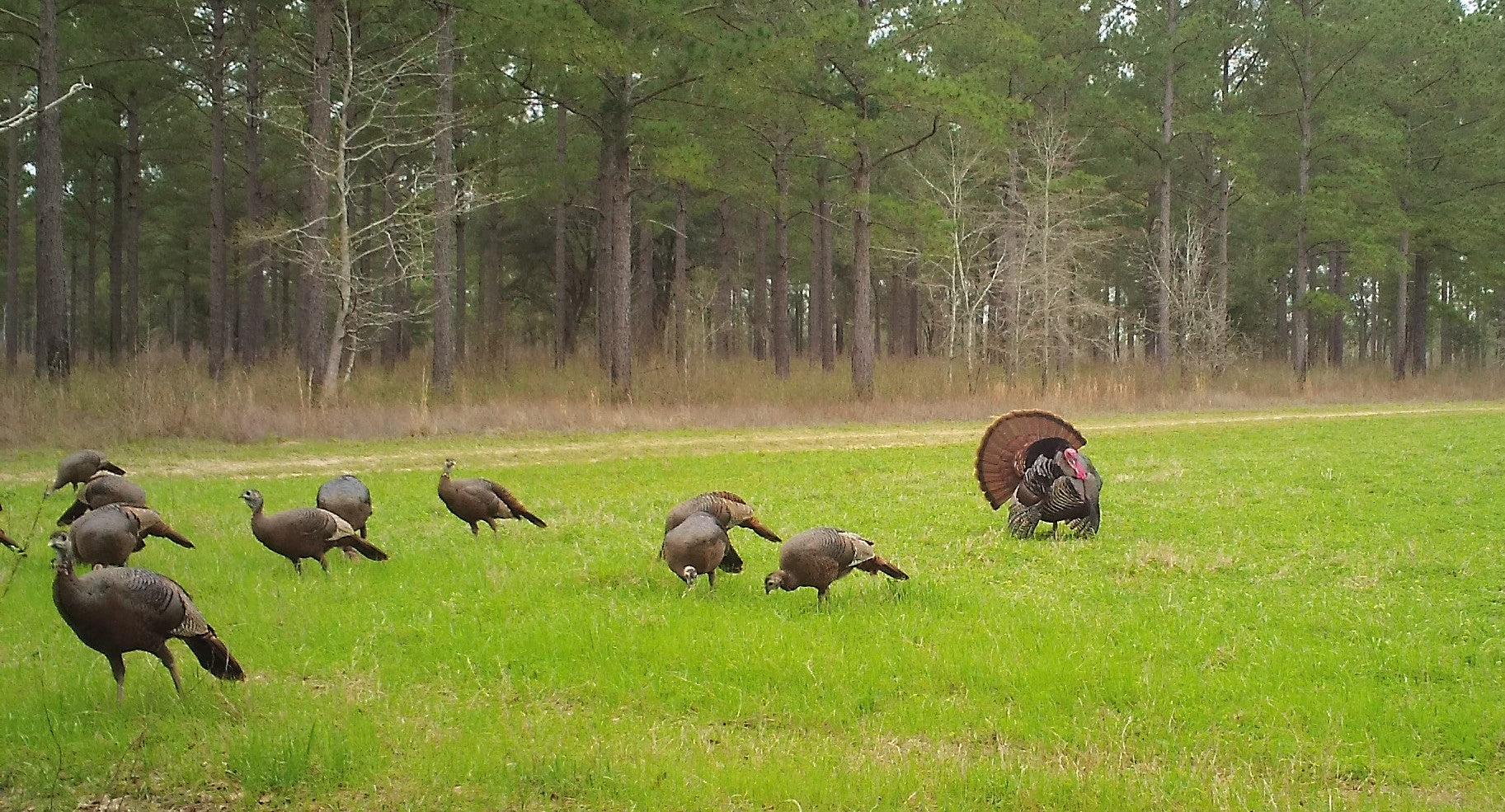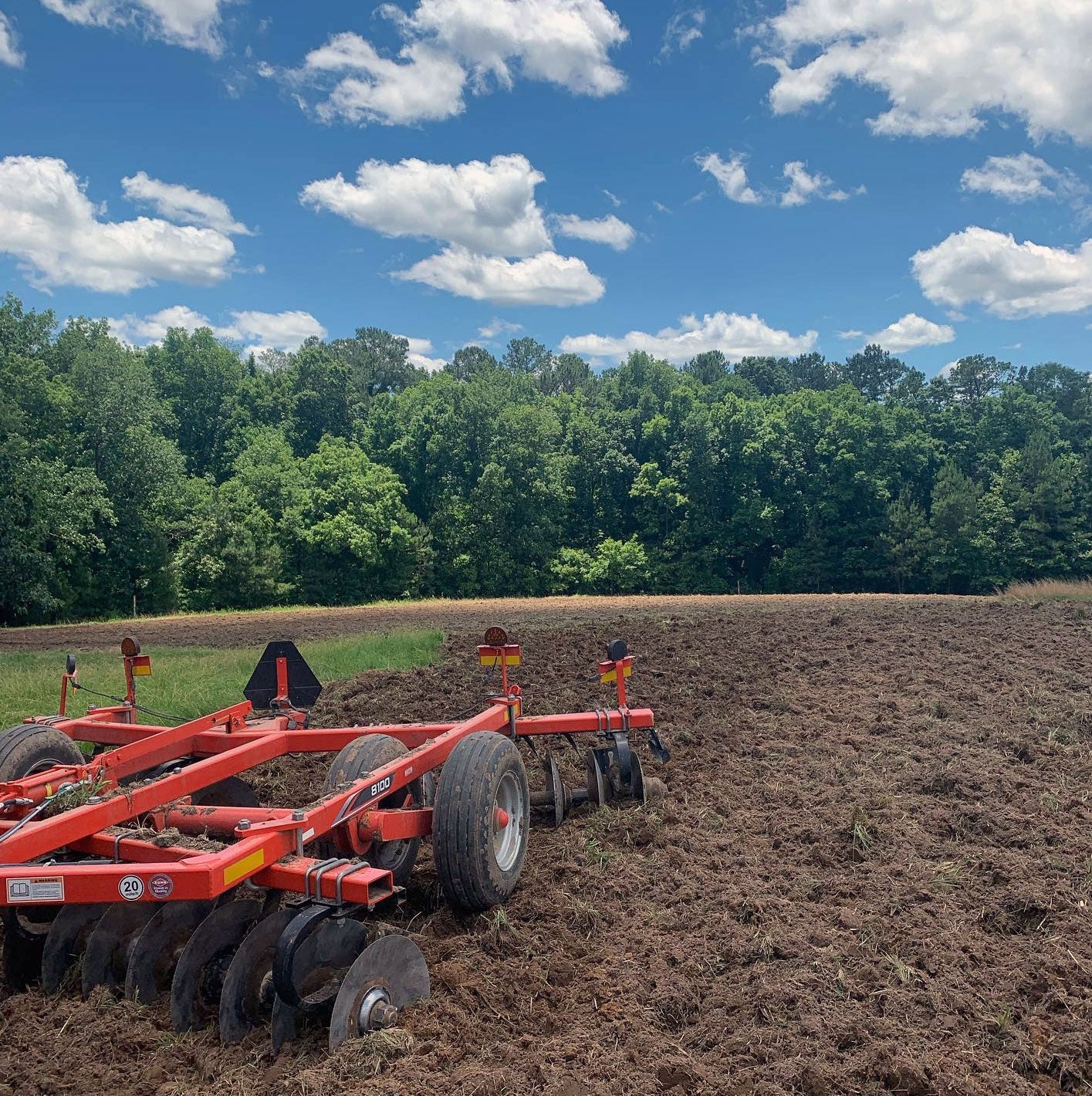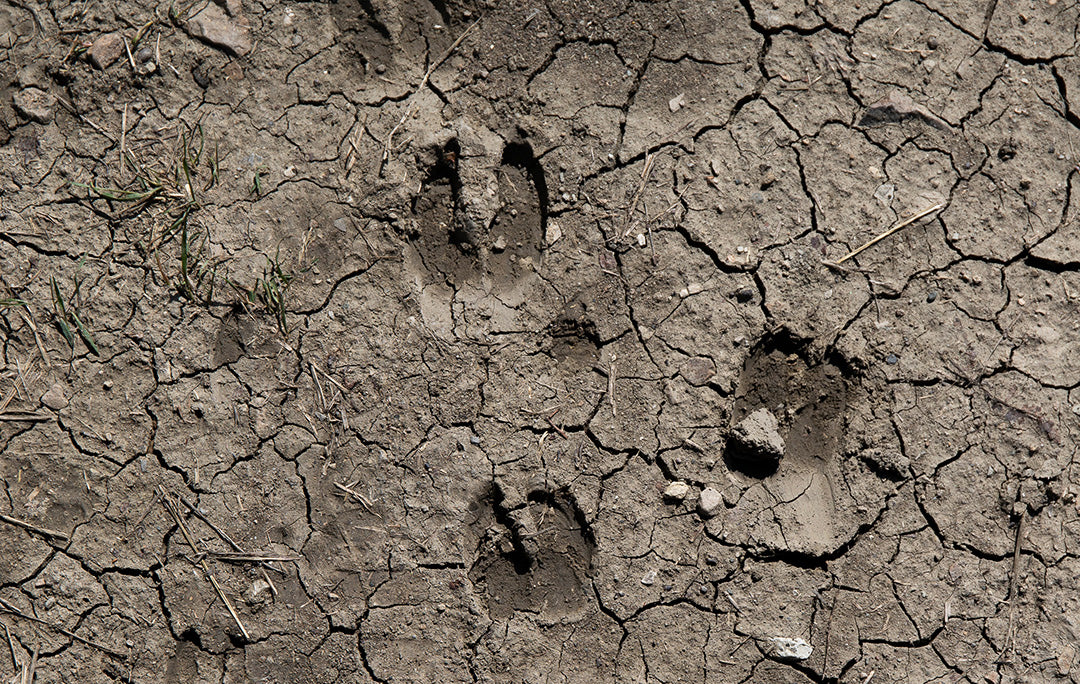It All Starts, When it Ends: Considering Winter and Spring Nutrition while Planting Fall Hunting Plo
A high quality food plot program does not start or end. It’s a year-round effort, and with some planning you can ensure your short-term objectives are met at the same time you achieve long-term nutrition and attraction goals. I’ve made two key observations while working with clients on their food plots in the last 10 years.
1. Where’s the food plot?
One of the first things my clients do is take me to their favorite “food plots.” When we jump out of the truck or off the ATV we’re standing in what I would classify as an “opening” at best. Sure, regularly mowed “openings” naturally provide many forbs and legumes; however, they typically end up becoming dominated by less desirable, and often invasive, grasses. I’m here to tell you these openings are operating at less than 10 percent of their potential. Many of these property owners never fully understand what they were missing out on until we develop their first high quality food plot for them. In fact, we’re developing strategic food plot programs for every property we manage because of the results we’re experiencing. If your food plot program is not operating at 100 percent of its full potential you should expect the same from your bucks.
2. If you don’t plan, you’re planning to fail
Don’t allow your short term food plot objectives to lack long term nutritional goals. The perfect example is the deer manager who plants all of his food plot acreage in cool season, annual crops for hunting plots but fails to consider the benefits of late winter/early spring perennials like Tecomate’s Monster Mix. More and more private landowners are realizing the competitive advantage gained from strategically providing the right deer food at all the right times. Let’s face it; in deer management we need all of the advantages we can get.
It all starts…when it ends
Fall planting season for me triggers many thoughts. 1. Let’s get some deer groceries in the ground. 2. The hot days of summer are almost behind us and the cool early fall days in the stand with bow in hand are fast approaching (I can almost smell it!). 3. As a private consultant my clients will soon be grading my recommendations and several months of hard work based on their fall hunting success. Let’s face it, we all enjoy observing big bucks from the stand or on our Reconyx trail cameras; however, a private wildlife consultant is re-hired or fired based on what gets hung up on the cabin walls! For 10 years now, operating on the philosophy that our job starts when our clients go home for the season has paid dividends and it can for you as well. Look to your food plot program!
We all have our favorite cool season plots. There are those plots that consistently allow us to achieve our doe harvest quota or one that helped you pattern and harvest your largest buck to date on its feathered edge. This year I want you to continue planting your favorite cool season hunting plots, but I’d like to throw a bit of a curve at your program. Don’t just plant attraction crops to harvest animals this year, plant some acreage strictly for winter feeding. If you’re not blessed with numerous food plot locations plant offerings such as forage soybeans or turnips that span multiple seasons. These species will provide large amounts of leafy tonnage during the summer/fall followed up with soybean pods or softball sized turnips during the winter months. Talk about a one-two punch!
Fall and winter pose quite a demand on white-tailed deer, especially in the North Country I often manage. Fawns spend all summer working with what they were given. Hopefully, healthy habitat and herd conditions resulted in a timely, spring green up birth. Both timely and late born fawns race to establish that critical body size so that the upcoming winter is not their last. Bucks, of course, face the urge to breed and therefore expend tremendous amounts of energy on the move, even sacrificing upwards of 25 percent of their body mass. Does that spend the spring/summer raising and nursing fawns must rebuild in time for the rut and long winter ahead. Of course, there is neither a start nor a stop to this cycle. Why should a food plot program designed to supplement these nutritional demands exhibit a start/stop? The more successful you are at closing nutritional gaps the closer your deer management program will operate to its maximum potential.
Cool season attraction crops such as cereal grains (wheat, oats, rye, and triticale), winter peas and Brassicas are highly successful in helping us achieve our harvest goals. However, I’d like you to add a new twist to your thinking this year when fall planting. If you have plenty of acreage devoted to food plots label a few as “winter nutrition plots” to allow deer that don’t go home in the truck this year to feed stress free and build the necessary reserves for the rigors of the rut and long, cold winter. Get creative with them and incorporate multiple cultivars each with their own perks but all with the same strategy: feeding next year’s deer. Don’t forget to add enough acreage to perennial products, like Tecomate Monster Mix, that are designed to green up early in the growing season.
Keeping deer loyal to YOUR property: Finding that added advantage
I’m willing to bet that very few of your neighbors, if any, subscribe to the year round food plotting philosophy. Even fewer consider fall planting perennials such as clover and alfalfa to benefit SPRING nutrition, not just increase their chances of tagging that giant. In fact, it’s my experience that most food plotters still consider their food plots as either “summer feeding plots” or “hunting plots,” with the most common being the hunting plot planted sometime mid to late summer as the excitement of the upcoming season mounts. Every hunter knows soybeans and corn are favorites but they fail to plan for that key rebuilding phase of late winter/early spring when corn and soybean fields are empty and in that transitional phase of preparing the soils for a healthy crop. In a nutshell, the whitetails plate is empty at a critical rebuilding phase.
This fall, boost your favorite cool season cereal grain plots as well as your over picked standing corn and soybean fields with perennials that will come back early in the spring. Species that serve this purpose include alfalfa, white and red clovers, winter wheat and chicory. These perennials invest all of their initial energy into establishing a good root system prior to developing above ground greenery. By fall planting them you’ve provided that head start for a quality flush of deer food when spring arrives!
I’m very loyal to my favorite local lunchtime hangout because the owners keep the buffet bar well stocked with my favorite foods. Do you think I’ll take a chance and go across town when those hunger pains set in to “try” that new dive? Not that often because I’m a creature of habit and I’ve received positive results from my “home buffet.” There are those rare times where a new marketing ploy or being out of town causes me to stray. However, I’ve been spoiled so this new place has a lot of work to do if they want to lure me away from my “home buffet.” There was that one restaurant four years ago that slipped up and service levels plummeted (not to mention burnt ribs and cold mashed potatoes), giving me a reason to look for the next best thing: the “home buffet” I now visit daily! Keeping your “customers” happy eliminates their need to stray!
What would your deer think if they wondered onto your neighbors “buffet”? Will they come back or will they find a program that better suits THEIR need to feed? Your program must consistently provide deer with adequate amounts of nutrition at the right time to be unique. Deer managers who subscribe to the year round food plotting philosophy as a system of narrowing nutritional gaps as much as possible ultimately end up with loyal deer. By the way, if you’re having trouble carrying grain from your soybeans and standing corn right up to spring green up you need to look at your herd density in relation to your habitat and food plot acreage. Personally, I prefer more and better food plots over decreasing the number of deer available for observation and harvest. Though, there is a point where we hit the maximum number of deer that we can maintain in peak health.
Keep track of what your neighbors shoot. Perhaps you had no control over the fact that he was trailing a hot doe, lost his mind, and was willing to exit your whitetail paradise falling victim to the urge to breed…just make sure he didn’t fall victim to the urge to feed! Perhaps your “mashed potatoes” were cold!
Do yourself a favor and sit down for 30 minutes to layout exactly what makes your food plot program more attractive than your neighbors all 365 days of the year. A high quality food plot program does not start or end; it’s a year-round process of planning and executing. Once you commit this strategy to your deer management tool box you maximize your properties potential and continually update the décor in your trophy room!
Posted by Jason Snavely











Leave a comment